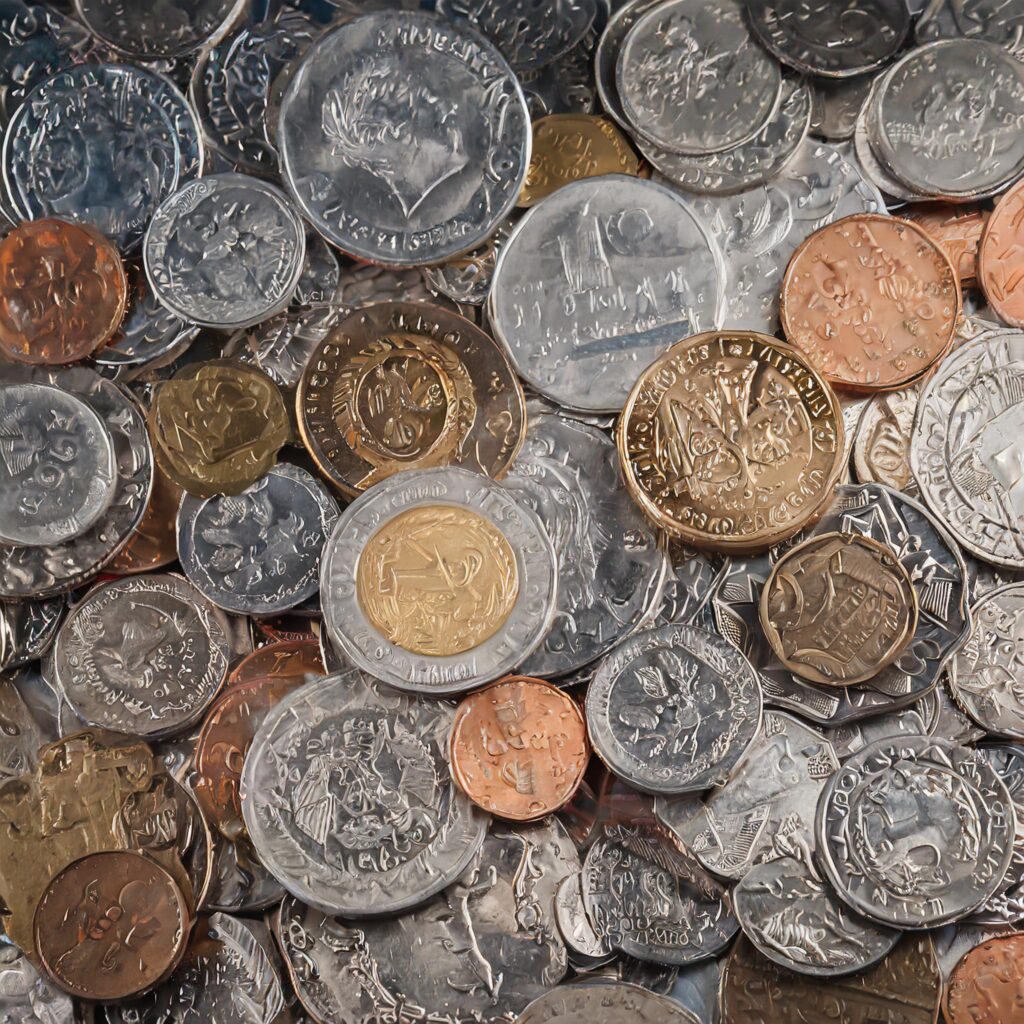In the intricate world of coin collecting and precious metal investing, counterfeit coins are an unfortunate reality. For centuries, the art of minting deceivingly real-looking counterfeit coins has evolved, putting both beginners and experts in coin collecting at serious risk. So, knowing how to spot a fake coin is essential if you’re in the collecting game; it’s not just smart—it’s crucial.
Table of Contents
Understanding Counterfeits
The History and Motivation Behind Counterfeiting
Counterfeit coins have been a part of commerce since the currency’s inception. Historically, counterfeiting has been driven by profit or economic sabotage. Counterfeiters continue to exploit the trust of collectors, cunningly passing off fake riches as genuine treasure.
- Profit: The primary motivation for counterfeiters is financial gain—creating fake coins using cheaper materials and then selling them as authentic can yield high profits.
- Market Disruption: At a larger scale, introducing counterfeit money into circulation can destabilize economies—a concern that dates back centuries.
Common Types of Counterfeit Coins
There are several methods employed in creating fake coins which result in different types:
- Cast Fakes: Made from molds that often leave tell-tale seam lines or less crisp details compared to genuine strikes.
- Struck Copies: Produced using sophisticated presses that make detection more challenging due to their higher quality.
- Altered Genuine Coins: Authentic coins modified to resemble more valuable pieces by adding mint marks or changing dates.
Understanding these categories helps collectors and investors be on alert for specific signs when assessing potential additions to their collections, ensuring they remain vigilant against the ever-present threat posed by counterfeit.
Here are some tips on spotting a forgery:
- Visual Inspection: Your first line of defense. Visual inspection is a critical first step when it comes to safeguarding your coin collection against counterfeits. This quick once-over can often spot telltale signs that suggest a coin might not be the real deal.
- Detail and Craftsmanship: Examine the level of detail on the coin’s surface. Authentic coins will have sharp and precise imagery, while fakes may appear softer or less defined due to inferior minting processes.
- Mint Marks and Engravings: Look closely at mint marks, engravings, and inscriptions for any irregularities or inconsistencies with genuine specimens.
- Surface Quality: Counterfeit coins might display uneven toning, artificial aging methods like added patina, or unusual wear patterns that don’t correspond with their purported age.
By taking time to scrutinize these elements using magnification tools such as jeweler’s loupe, collectors are better positioned to identify telltale signs early before making purchase decisions—potentially saving themselves from significant financial losses down the line!

Key Indicators Of Authenticity
Weight And Size Checks
One of the most reliable ways to spot a counterfeit coin is by verifying its weight and dimensions. Every legal tender coin has precise specifications it must meet:
- Accurate Scales: Use a high-quality scale capable of measuring small differences in weight, as fake coins often deviate from the standard.
- Calipers for Measurement: Precise calipers can measure diameter and thickness—compare these against known standards for the coin.
Authentic coins should match their official specs very closely—if there’s any significant variance in weight or size, you may be dealing with a counterfeit.
Sound Testing
Another traditional yet effective method is sound testing, which involves gently striking the coin and listening to the resulting ‘ping’:
- Tuning Forks or Listening Devices: Certain tools can help discern if a coin emits an authentic ring when tapped.
The sound produced by genuine metal compositions will have distinct acoustic properties that differ from those made with inferior alloys used in counterfeits; becoming familiar with this nuance adds another layer of protection to your arsenal against fakes.
Advanced Methods For Detecting Fakes
For collectors and investors who want to go beyond basic visual checks, there are several advanced techniques that can help authenticate coins with a higher degree of certainty.
- Magnetic Testing: Since genuine coins are made from specific metals, they will have predictable magnetic properties. Using a strong magnet can sometimes reveal fakes based on their reaction or lack thereof.
- Specific Gravity Tests: This method involves measuring the density of the coin. By checking how a coin’s density lines up with the real deal, we can spot fakes if things don’t add up.
- X-ray Fluorescence (XRF) Analysis: A non-destructive technique used by professionals that detects the elemental composition of a coin’s material—helpful in identifying if the correct metals were used.
These sophisticated methods require specialized equipment and expertise but offer additional reassurance when verifying high-value items where even minor doubts could lead to significant financial risks, making them invaluable resources within realm numismatics for ensuring the integrity of collections and investments alike.
If you’re looking to sell your coins, look no further than Send Gold Get Cash. Our skilled professionals carefully assess precious metals and valuables including diamonds, jewelry, and luxury watches. Once the free assessment is complete, you are given an offer with no obligation to sell!
Request your free appraisal kit to get started today.



